Cucumbers Herman: the benefits of a gherkin hybrid, growing rules and reviews
Farmers' love of cucumbers inspires breeders to innovate. Recently bred hybrids are striking in their characteristics. The young variety of cucumbers German also differs - a champion in yield and taste. 10-12 seeds planted will provide a large family with gherkin-type cucumbers for fresh salads and canning. Check out the description of the hybrid: maybe this is the option for your site that you have been looking for for a long time.
Characteristics of the variety
Description of the German variety: a versatile plant for both greenhouse cultivation and open ground. The variety was bred in Holland, adapted for outdoor cultivation in southern regions and central Russia. The hybrid was included in the State Register in 2001. The shrub is parthenocarpic - not requiring pollination. Ripening group - early maturing. Inflorescences are formed in the leaf axils, water - up to 4-6 ovaries. Cucumbers ripen by the 38th day.
Fruit characteristics: gherkins up to 10 cm in length and up to 3 in diameter, covered with small tubercles. Long light stripes are visible on the fruit. The skin color varies from light to dark green depending on the lighting conditions of the bush.
The brightness of the fruits is regulated by formation: when grown in one stem, the fruits are saturated, in thickened plantings they brighten. The flesh tastes without bitterness, sweetish. The cucumbers crunch pleasantly. The optimal purpose is salad dressing, they look beautiful in cans, are used for canning solo and as part of assorted foods.
Advantages and disadvantages
What attracts gardeners in the Herman F1 variety:
- The plant feels good both in the greenhouse and in the open garden.
- Early ripening fruits.
- Does not require pollination.
- High and stable yield - up to 25 kg from 1 m2... The hybrid is suitable for growing on an industrial scale.
- Excellent presentation: all fruits grow the same and even.
- The thorns are small.
- Taste characteristics at a height, the pulp is uniform and dense. Small seeds - no more than 1.1 mm, do not affect the taste in any way.
- You can grow the variety in two turns. The first planting is done in late spring, the second in mid-summer. Greenhouse cucumbers are harvested until frost.
- The fruits are stored for a long time, do not turn yellow, the optimal period is up to 12 days.
- Convenient for transportation.
- Medium-growing bush, well formed. Has a strong stem, does not break off when tied.
- The fruits are universal in purpose. The dense peel allows you to start pickling not immediately after picking, but after a few days.
- The hybrid is well resistant to diseases: mosaic, powdery mildew, fusarium.
The hybrid also has disadvantages:
- like many cucumbers, german f1 seedlings do not tolerate picking well: the root system of a young plant is very weak;
- growth and productivity suffer from sudden temperature fluctuations;
- lowering the night temperature to +8 is fraught with the death of landings;
- the hybrid is weak against rust - a fungal leaf disease; accordingly, prevention is required;
- plant can be chosen pests, among them - spider mite, rootworm nematode, aphid... In this case, you cannot do without insecticides.
Advice! For pickling and canning, it is better to pick cucumbers up to 6 cm in length.
The price for one package of planting material varies from 50 to 90 rubles.
Landing rules
Seed germination is almost 100%. The manufacturer processes the material with special protective substances for better storage and germination.You can safely plant one seed in one hole.
Note: High-quality seeds of the Dutch hybrid Herman cannot be white: the manufacturer processes them with a colored solution.
Requirements for the place of cultivation and planting dates:
- Seedlings or seeds are placed on the plot at a soil temperature of at least +12 degrees. The cold slows down the growth of bushes. For seeds, the term for planting in the greenhouse is the end of May, for seedlings - the beginning of summer.
- Soil fertility is another requirement. Hybrid German prefers a well-fertilized area before planting. If the soil is poor, it is improved: it is applied by 1 m2 1 bucket of humus, 0.5 buckets of peat, the same amount of sand, and fertilizer - 1 tbsp. l. superphosphate, ammonium and potassium nitrate.
- For good fruiting, a distance of at least 30 cm is observed between the holes, 60 between the rows.
- Not suitable for growing drafts.
Advice! In the middle lane, German gherkins are recommended to be grown by the seedling method.
How to plant seeds for seedlings:
- Containers are selected with a volume of at least 500 ml, since young cucumbers will grow without picking.
- The seeds are buried in the nutrient soil by 1.5 cm, no more.
- Cucumbers will germinate in conditions of constant humidity and good lighting.
- When three true leaves appear on the sprouts, they are carefully transplanted to the site by the transfer method (with a lump of earth on the roots). The approximate age of the seedlings at this time is 20 days.
Variety care
Light, warmth and moisture are the three main sources of health for any cucumber. Hybrid Herman in the greenhouse must be tied up and shaped. The best option is to grow in one stem, as for other parthenocarpic plants.
Necessary measures for the successful cultivation of varieties Herman F1:
- Frequent watering - at least once every three days. In dry weather - more often.
- An important rule: only warm water is brought under the bush, many cucumbers weaken from the cold, and not only the Herman variety.
- When the temperature drops, watering is reduced.
- After moistening, the soil between the beds is loosened.
- To preserve moisture, the earth should be mulched.
- Landings are fed at least three times per season. The first fertilization is before flowering, organic matter is used, for example, a solution of bird droppings. The second introduction - during the formation of fruits, give potassium-phosphorus complexes. The procedure is repeated a third time after a week.
Advice! Timely collection of ripe cucumbers will release the plant's strength to form new ones. It is recommended to pick the fruits every 2 days. But overgrowths up to 15 cm remain tasty and crispy.
Rust: what to do
The problem with Herman cucumber is susceptibility to rust disease. The attack is determined by yellow spots on the surface of the leaf, which, without treatment, transform into brown growths. The diseased plant dries up and dies.
To prevent the trouble from hitting the landing, preventive measures are required:
- Compliance with all the rules of care and timely feeding.
- Formation into one stem, removal of thickening parts.
- In June, the soil is treated with Bordeaux liquid with a concentration of 1%.
- At the initial stage, it does not hurt to treat the bush with a folk remedy: infusion of 300 g of ash and 50 g of grated laundry soap in a bucket of water.
- A diseased plant will also be strengthened by pruning all affected parts and treating it with a fungicide.
Variety reviews
Reviews about Herman cucumbers are mostly positive. For the inhabitants of the south and middle zone, these greenhouse gherkins are ideal, their cultivation requires almost no effort. What satisfied gardeners share:
- One of the best gherkin varieties. Suitable for preservation in small containers.
- It is not at all difficult for a novice gardener to cope with the cultivation of this variety.
- An early ripe cucumber variety - you can enjoy fresh salads while the neighbors wait for their harvest.
- Despite the high price of seeds, the variety met all expectations: high yield, long shelf life.
Do the Herman gherkins have analogues? Dutch breeders delighted summer residents with more than one parthenocarpic hybrid with high yields. Among other varieties, it is worth noting the Merengue cucumbers. The hybrid is also early maturing, without bitterness, the fruits are slightly longer - up to 10-14 cm. Another analogue is the Prestige variety. Some gardeners found the fruit tasted better.
It is worth buying hybrid seeds only because of the ease of care and excellent taste and external characteristics of the fruit. For at least one season, Herman will become the pride of the gardener, delighting him with friendly shoots and a bountiful harvest.
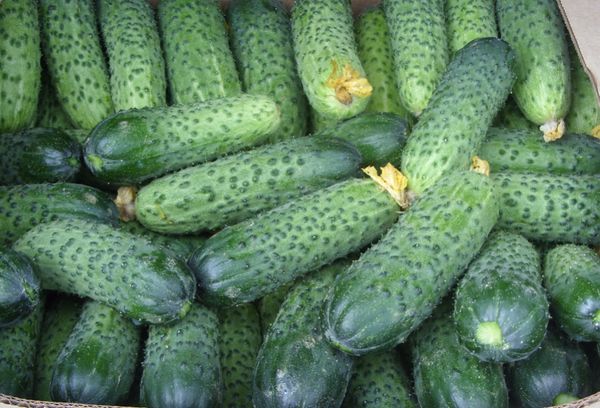

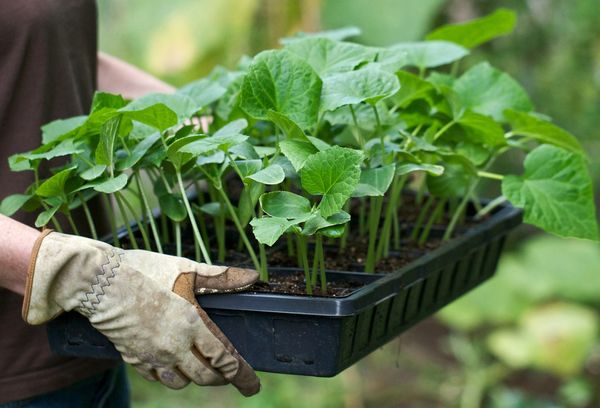
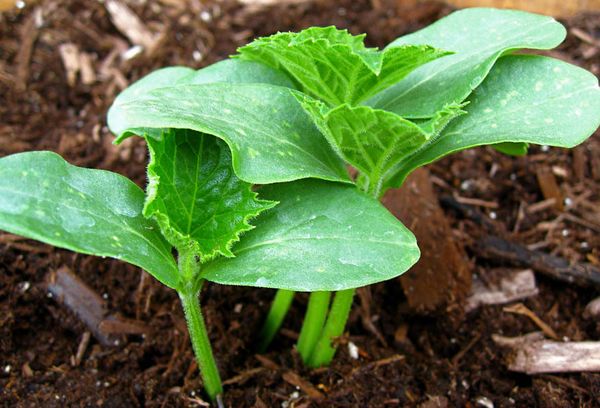
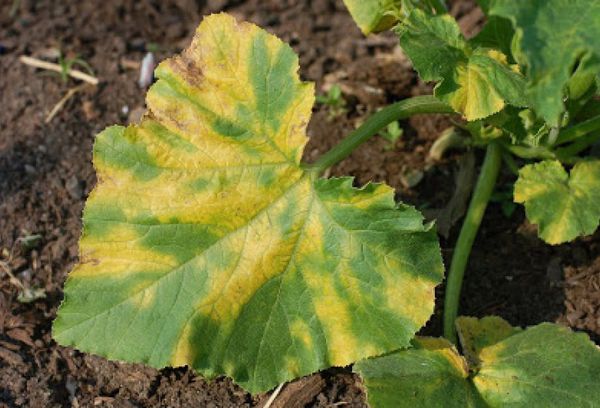
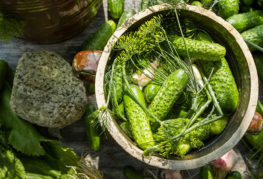
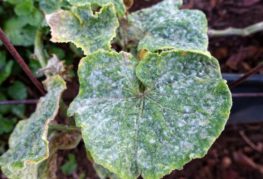
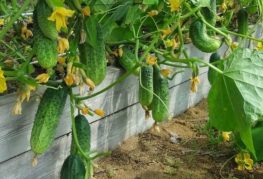


and will be published shortly.